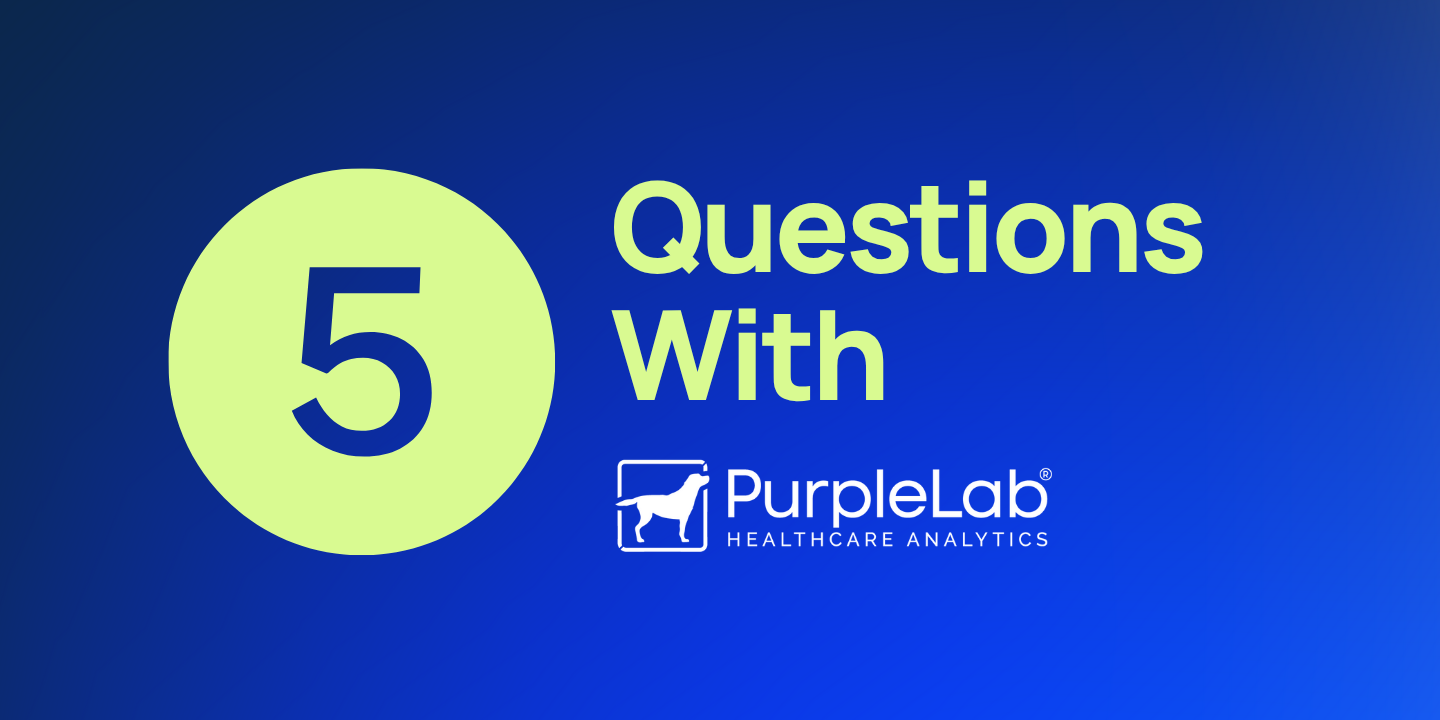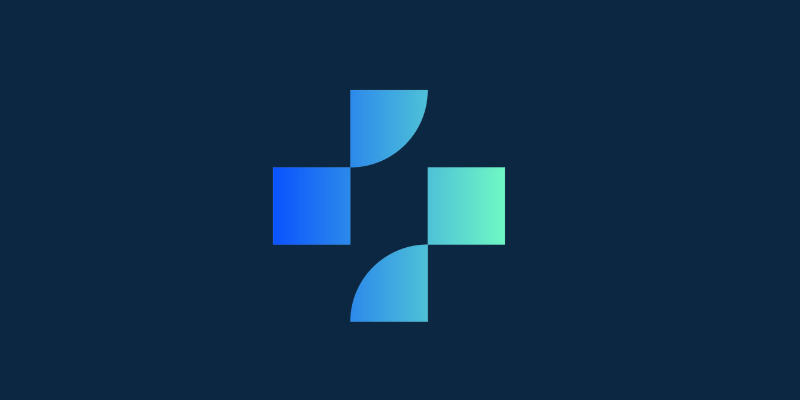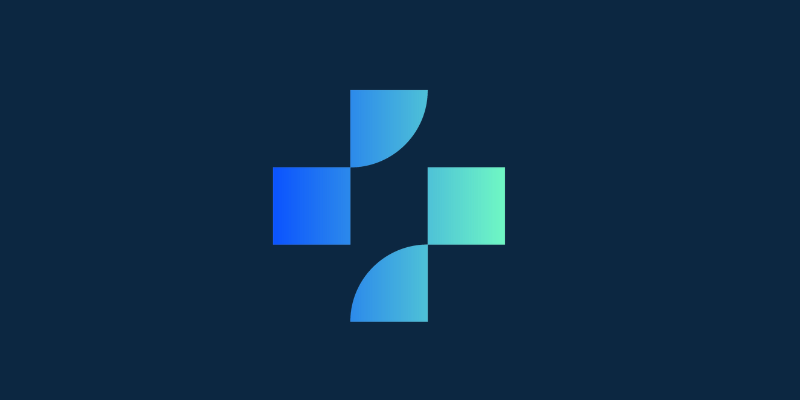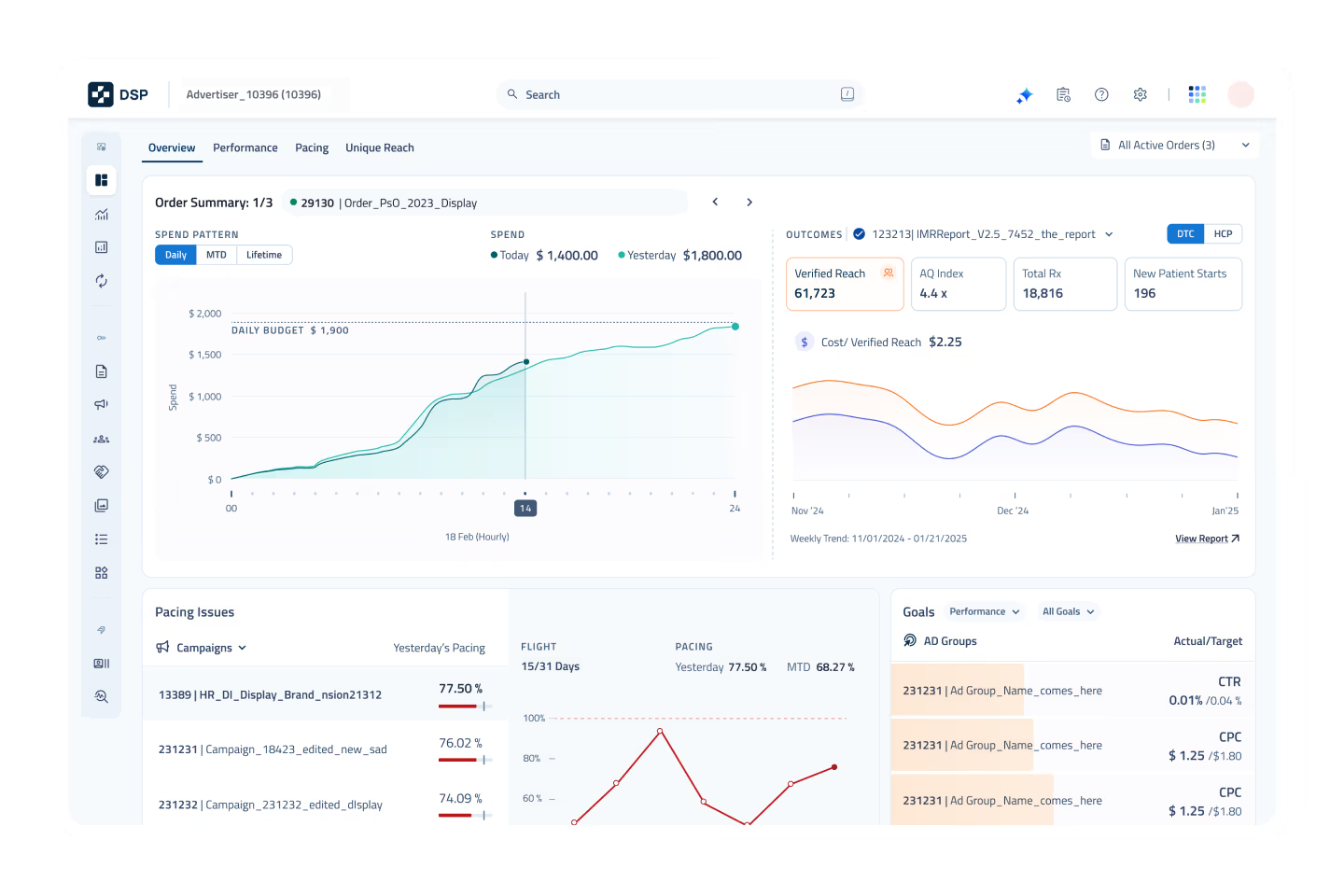By Michael D. Shaw, contributing columnist, Dataversity.net
This article was originally published on Dataversity.net
Thefuture of healthcare depends on unlocking and unifying data.
Today a series of silos prevents progress by separating data; these silos occur because of incompatible technology, institutional challenges, competing business interests, and conflicting governmental requirements. So much data currently is inaccessible and incomplete, but connecting all relevant healthcare data is essential to improving communication between healthcare brands, advertisers, and patients.
Analternative platform should be more economical and efficient. It should also beHIPAA-compliant and ready to be aggregated and analyzed, using technology toaccess electronic health records, medical claims, pharmacy claims, and data labsets, in addition to non-clinical demographic, psychographic, and sociographicdata to supply the right information to patients.
According to Chris Paquette, co-founder and CEO of DeepIntent , a healthcare technology company:
“The focus needs to be on removing the silos that have held back analytical research. We believe connecting data will improve patient-directed advertising and, ultimately, patient well-being as it brings the right information to the right patient along his or her healthcare journey.”
Ibelieve this, too, as unlocking clinical data under the right privacyprotections will help healthcare brands appeal to the right audiences.Immediate activation of this data makes marketing more precise, and encouragesbetter health – a “win-win” for a healthcare brand and patient.
From there, transparency will govern the creation, adoption, and success of this approach, building the trust that is necessary for healthcare data owners and consumers to allow safely combining data for research purposes.
Buildinga foundation of this kind is critical to how healthcare companies will send andreceive data.
Putanother way, the best measure of success is the result of uniting the rightstakeholders – patients, providers, payers, hospitals, and government agencies– to support better health outcomes. It is, in the end, an outcome ofimmeasurable worth.
Thedigitization of healthcare data makes this solution possible.
Thissolution combines medical claims data, such as diagnostic and procedural data,to monitor clinical events. This solution helps educate patients, so they mayask the right questions, make better health decisions, and enjoy the rewards ofwellness.
Seeinga patient’s healthcare journey from a medical and sociodemographic basis is amilestone in the use of data. To see these things is to know how to connect andapply data. To establish this connection is to value the virtues of data.
To strengthen this connection is to improve healthcare and better patients’ lives.
Learn more about our data and technology






